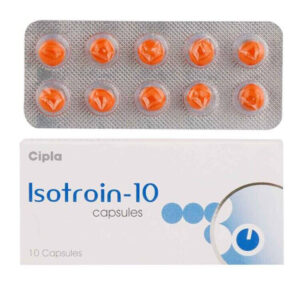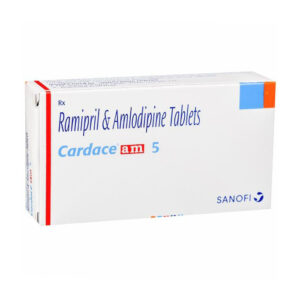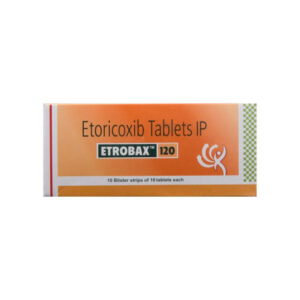Rivastigmine Information
What is this drug used for?
• It is used to treat dementia in people with Alzheimer’s disease.
• It is used to treat dementia in people with Parkinson’s disease.
Possible side effects
Rivastigmine may cause side effects. Tell your doctor if any of these symptoms are severe or do not go away:
• Upset stomach or throwing up.
• Not hungry.
• Weight loss.
• Stomach pain or diarrhea.
• Feeling dizzy, sleepy, tired, or weak.
• Headache.
• Trouble sleeping.
• Anxiety.
Some side effects can be serious. If you experience any of these symptoms, call your doctor immediately or get emergency medical treatment:
All products:
• Signs of an allergic reaction, like rash; hives; itching; red, swollen, blistered, or peeling skin with or without fever; wheezing; tightness in the chest or throat; trouble breathing, swallowing, or talking; unusual hoarseness; or swelling of the mouth, face, lips, tongue, or throat.
• Signs of a urinary tract infection (UTI) like blood in the urine, burning or pain when passing urine, feeling the need to pass urine often or right away, fever, lower stomach pain, or pelvic pain.
• Trouble controlling body movements that is new or worse.
• Shakiness, trouble moving around, or stiffness.
• Very bad dizziness or passing out.
• Seizures.
• Feeling confused.
• Low mood (depression).
• Black, tarry, or bloody stools.
• Throwing up blood or throw up that looks like coffee grounds.
• Slow heartbeat.
• Trouble passing urine.
• Skin irritation.
• Falls.
Skin patch:
• Blisters or sores that ooze, drain, or crust over.
Medication Safety Issues
Sound-alike/look-alike issues:
Exelon may be confused with Exelan (manufacturer)
Storage and Stability
Oral: Store at 25°C (77°F); excursions are permitted between 15°C and 30°C (59°F and 86°F); do not freeze oral solution. Store solution in an upright position.
Transdermal patch: Store at 25°C (77°F); excursions are permitted between 15°C and 30°C (59°F and 86°F). Patches should be kept in sealed pouch until use.
Adverse Reactions
>10%:
Central nervous system: Dizziness (oral: 6% to 21%; transdermal: ≤6%), headache (oral: 4% to 17%; transdermal ≤4%), agitation (transdermal: 1% to 14%), falling (6% to 12%)
Endocrine & metabolic: Weight loss (3% to 26%)
Gastrointestinal: Nausea (oral: 17% to 47%; transdermal: 2% to 10%), vomiting (oral: 13% to 31%; transdermal: 3% to 9%), diarrhea (oral: 5% to 19%; transdermal: ≤7%), anorexia (oral: ≤17%; transdermal: ≤3%), abdominal pain (oral: 13%; transdermal: 2%)
Local: Application site erythema (transdermal: 1% to 13%)
Neuromuscular & skeletal: Tremor (oral: 4% to 23%; transdermal: 7%)
1% to 10%:
Cardiovascular: Hypertension (1% to 3%), syncope (oral: 3%)
Central nervous system: Fatigue (oral: 4% to 9%; transdermal: 2% to 4%), insomnia (1% to 9%), confusion (oral: 8%), depression (2% to 6%), drowsiness (4% to 6%), malaise (oral: 5%), anxiety (1% to 5%), hallucination (2% to 5%), abnormal gait (transdermal: 4%), psychomotor agitation (transdermal: 1% to 3%), aggressive behavior (1% to 3%), exacerbation of Parkinson disease (oral: 1% to 3%), cogwheel rigidity (oral: 1% to 3%), restlessness (oral: 1% to 3%), drug-induced Parkinson disease (oral: 2%)
Dermatologic: Diaphoresis (oral: 2% to 4%)
Endocrine & metabolic: Dehydration (1% to 2%)
Gastrointestinal: Dyspepsia (oral: 9%), decreased appetite (≤9%), upper abdominal pain (≤4%), sialorrhea (oral: 1% to 2%)
Genitourinary: Urinary tract infection (1% to 10%), urinary incontinence (≤3%)
Local: Application site pruritus (transdermal: ≤5%), application site irritation (transdermal: ≤3%), application site rash (transdermal: 2%)
Neuromuscular & skeletal: Weakness (2% to 6%;), bradykinesia (3% to 4%), hypokinesia (1% to 4%), dyskinesia (3%)
<1%, postmarketing, and/or case reports: Abnormal hepatic function tests, allergic dermatitis, atrial fibrillation, atrioventricular block, bradycardia, dermatitis (transdermal patch), dystonia, edema, extrapyramidal reaction, gastrointestinal hemorrhage, hepatic failure, hepatitis, hyperacidity, hypersensitivity reaction, nightmares, pancreatitis, seizure, severe vomiting (with esophageal rupture; following inappropriate reinitiation of dose), sick-sinus syndrome, skin blister, Stevens-Johnson syndrome, tachycardia, urticaria –






